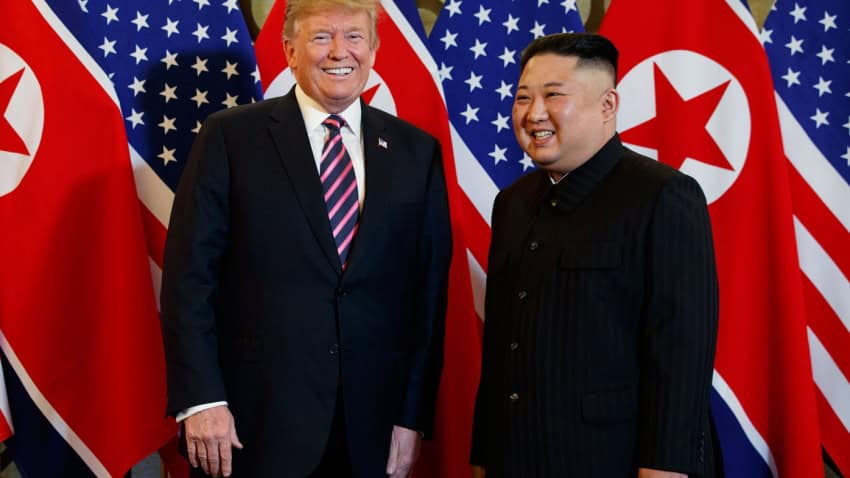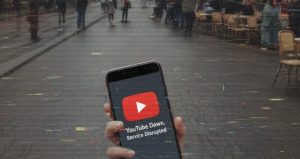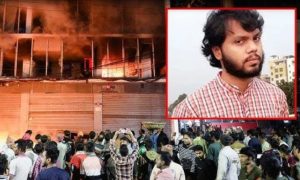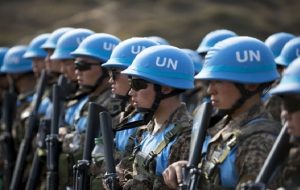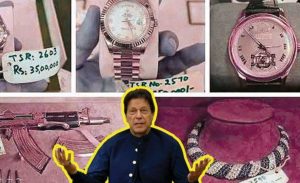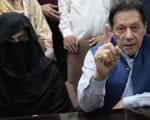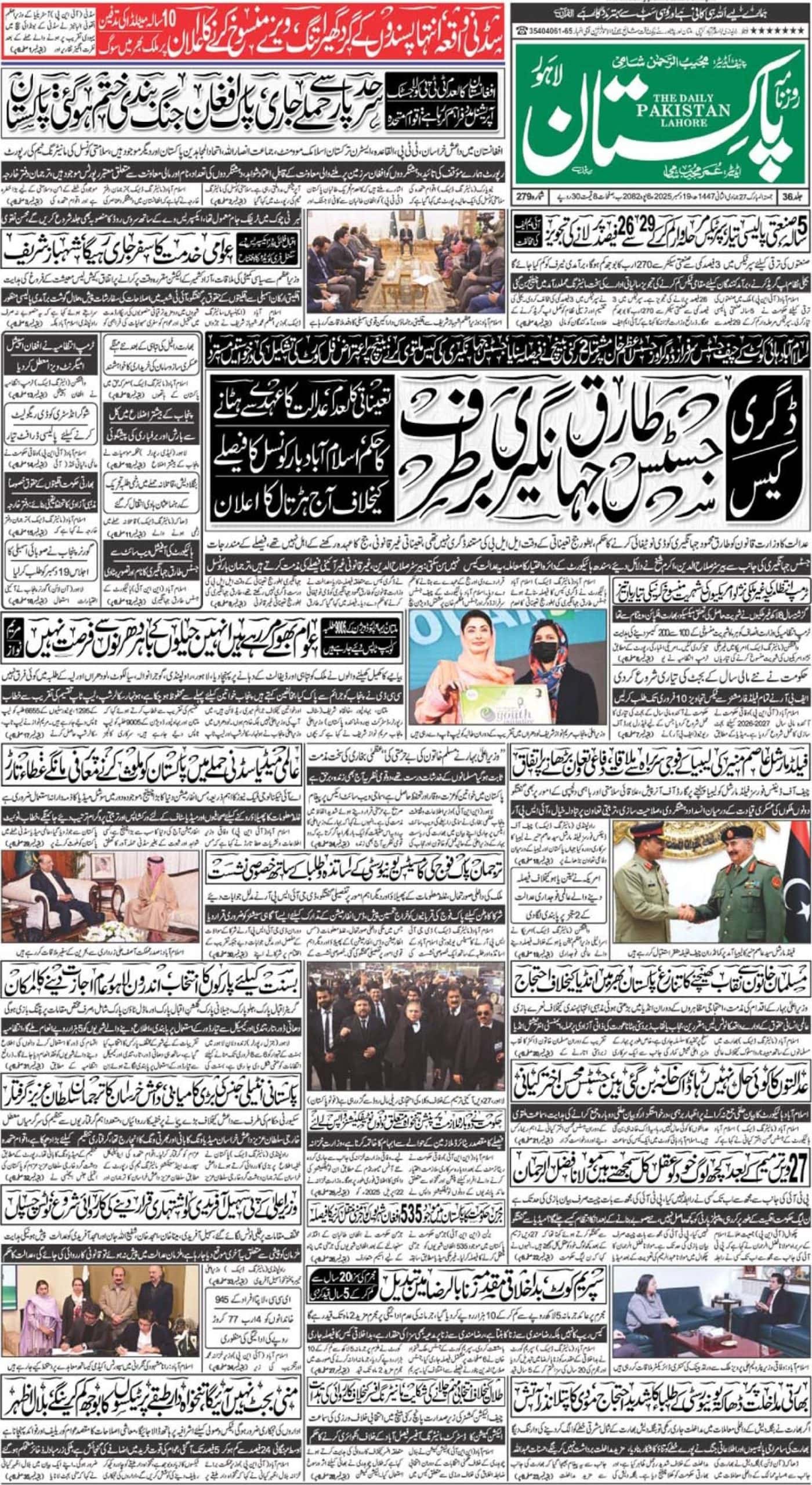HANOI – The nuclear summit between US President Donald Trump and North Korea’s Kim Jong Un in Hanoi ended abruptly Thursday as they cut short their discussions and failed to reach an agreement.
The second meeting between the two leaders was supposed to build on their historic first summit in Singapore but they failed to bridge their differences and did not sign a joint statement as initially scheduled.
“Sometimes you have to walk and this was just one of those times. He said he’s not going to do testing of rockets or missiles or anything that has to do with nuclear,” Trump told reporters.
Trump said that the sanctions imposed on Pyongyang over its nuclear programme had been the sticking point.
“Basically they wanted the sanctions lifted in their entirety and we couldn’t do that,” he said.
But he insisted he was “optimistic that the progress we made” before and at the summit left them “in position to have a really good outcome” in the future.
US President Donald Trump has not agreed to another summit with North Korea’s Kim Jong Un, he said Thursday after their second meeting.
When asked if a third summit had been agreed with Kim, Trump told reporters: “No we haven’t… we’ll see if it happens.”
The outcome fell far short of the pre-meeting expectations and hopes, after critics said their initial historic meeting in Singapore was more style over substance.
“This is a major failure,” tweeted Joe Cirincione, president of the Ploughshares Fund peace foundation.
It showed the limit of summitry, he added, with “not enough time or staff” to work out a deal.
In the original White House programme, a “Joint Agreement Signing Ceremony” had been scheduled in Hanoi as well as a working lunch for the two leaders.
In the event, both men left the summit venue without signing anything and Trump moved up his news conference by two hours.
Ankit Panda, from the Federation of American Scientists, warned on Twitter that the White House’s expectation of further talks “does not have to be a perception shared in North Korea. Kim may have left irate, for all we know. He may have no intention of continuing this.”
Trump flew around the world for the meeting and Kim undertook a mammoth two-and-a-half-day trek through China in his olive green train, travelling 4,000 kilometres (2,500 miles).
At first the smiles and bonhomie from Singapore ran on into their second date in Hanoi as Trump touted the “special relationship” between the two, although concrete statements were vague.
The US president frequently dangled the prospect of a brighter economic future for a nuclear-free North Korea, at one point saying there was “AWESOME” potential.
From the outset, he had appeared to downplay expectations of an immediate breakthrough in nuclear talks, saying he was in “no rush” to clinch a rapid deal and was content if a pause in missile testing continued.
But Harry Kazianis, Director of Korean Studies at the Centre for the National Interest, said that no agreement was better than a bad one.
There would be “nothing worse than signing a deal just to get something”, he told AFP.
“The challenge is North Korea’s nuclear weapons are already a reality,” he added.
“Getting a deal that does little to nothing to remove that threat would be far worse than a flawed deal.”

